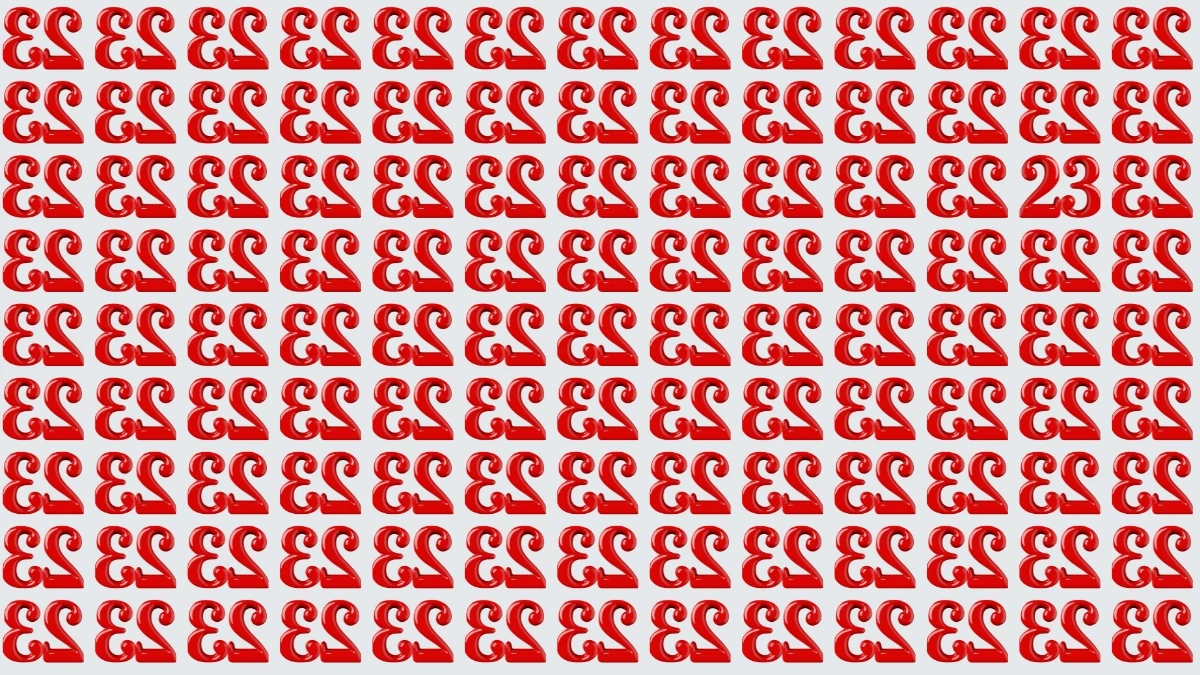Optical Illusion
An optical illusion is a visually perceived image that differs from objective reality, causing the brain to interpret something in a way that contradicts the actual physical measurement of the source.
These illusions occur when the visual system gathers information that is misleading or incomplete, and the brain fills in the gaps based on past experiences, expectations, or assumptions.
Optical illusions can distort size, shape, color, and motion, often making stationary objects appear to move or parallel lines seem to bend.
They demonstrate how human perception is not always reliable and highlight the complex way the brain processes visual information.
Optical illusions are not only fascinating but also valuable tools in psychology and neuroscience for understanding how the brain works.
Optical Illusion: Within 6 Seconds Spot The Number 23 among Inverted 23
This optical illusion presents a fun and challenging test of your observation skills. In a grid filled with inverted versions of the number 23, your task is to spot the correctly oriented 23 within just 6 seconds.
At first glance, all the numbers may appear the same due to the subtlety of the inversion, which tricks your brain into glossing over the differences.
However, with sharp focus and a keen eye for detail, you can spot the real 23 hiding among its flipped counterparts.
This puzzle plays on your visual perception and your brain’s tendency to recognize patterns quickly sometimes too quickly to notice what’s slightly off. Give it a try and see if you can beat the clock!

Optical Illusion: Within 6 Seconds Spot The Number 23 among Inverted 23 - Solution
In this optical illusion, the challenge was to spot the correctly oriented number 23 hidden among a grid of inverted 23s all within just 6 seconds.
At a quick glance, all the numbers appear nearly identical, making it tough to distinguish the right one. However, with careful observation, you can find the correct 23 positioned in the upper right area of the image.
It stands out once noticed, but until then, your brain is likely to be tricked by the uniformity of the reversed numbers.
This illusion tests your attention to detail and ability to pick out subtle differences quickly. If you found it in time, you’ve got a sharp eye!






